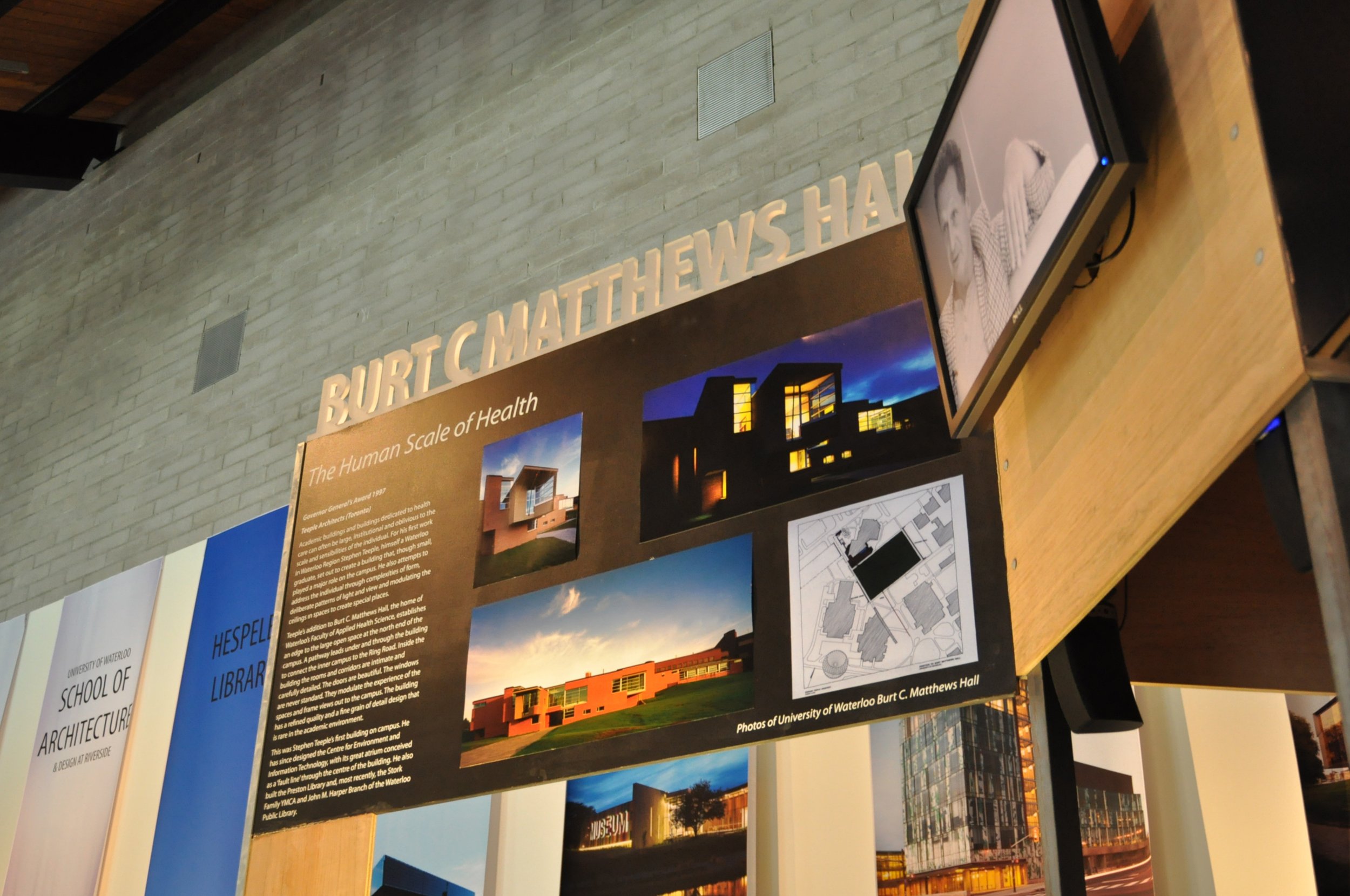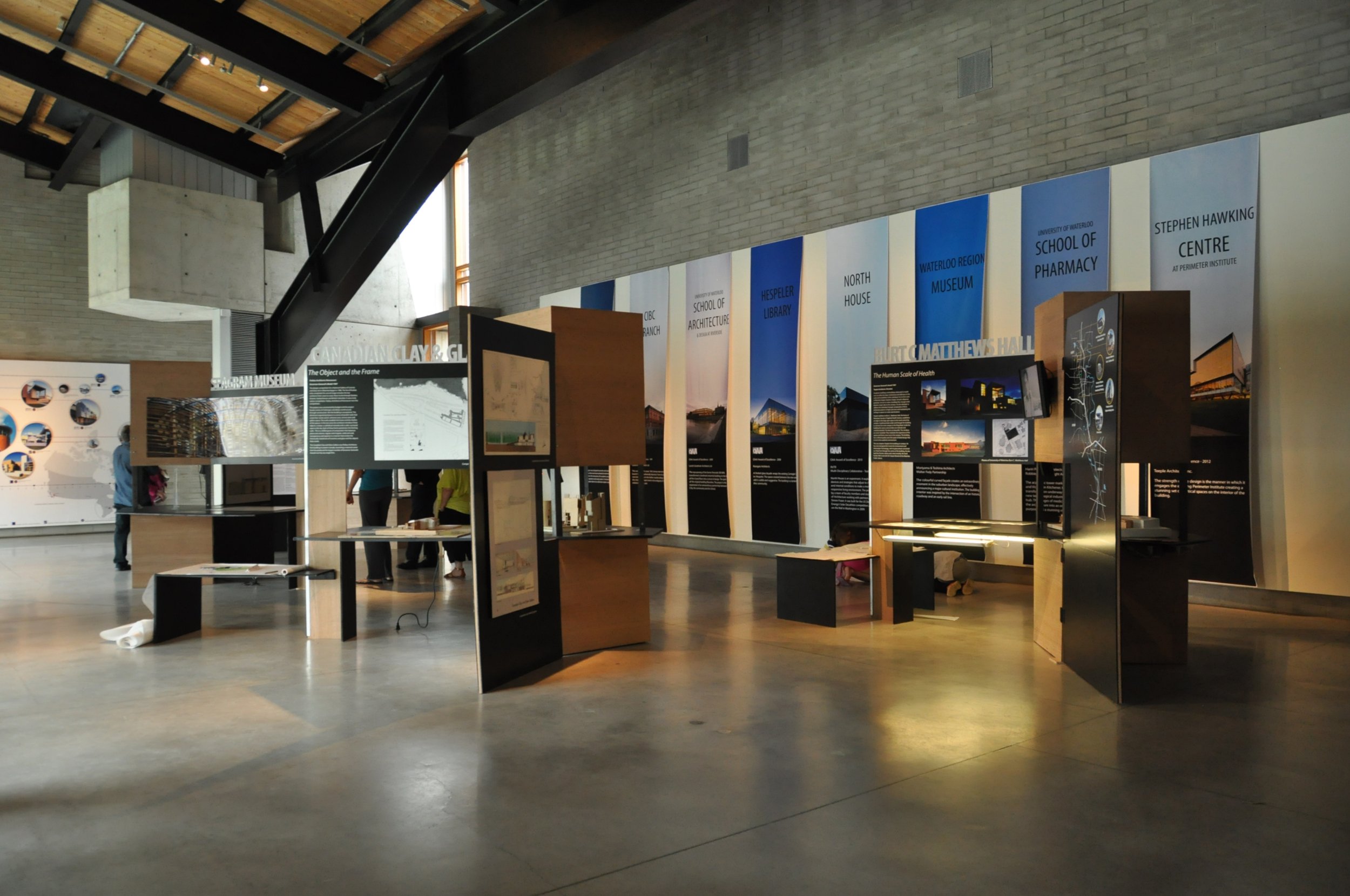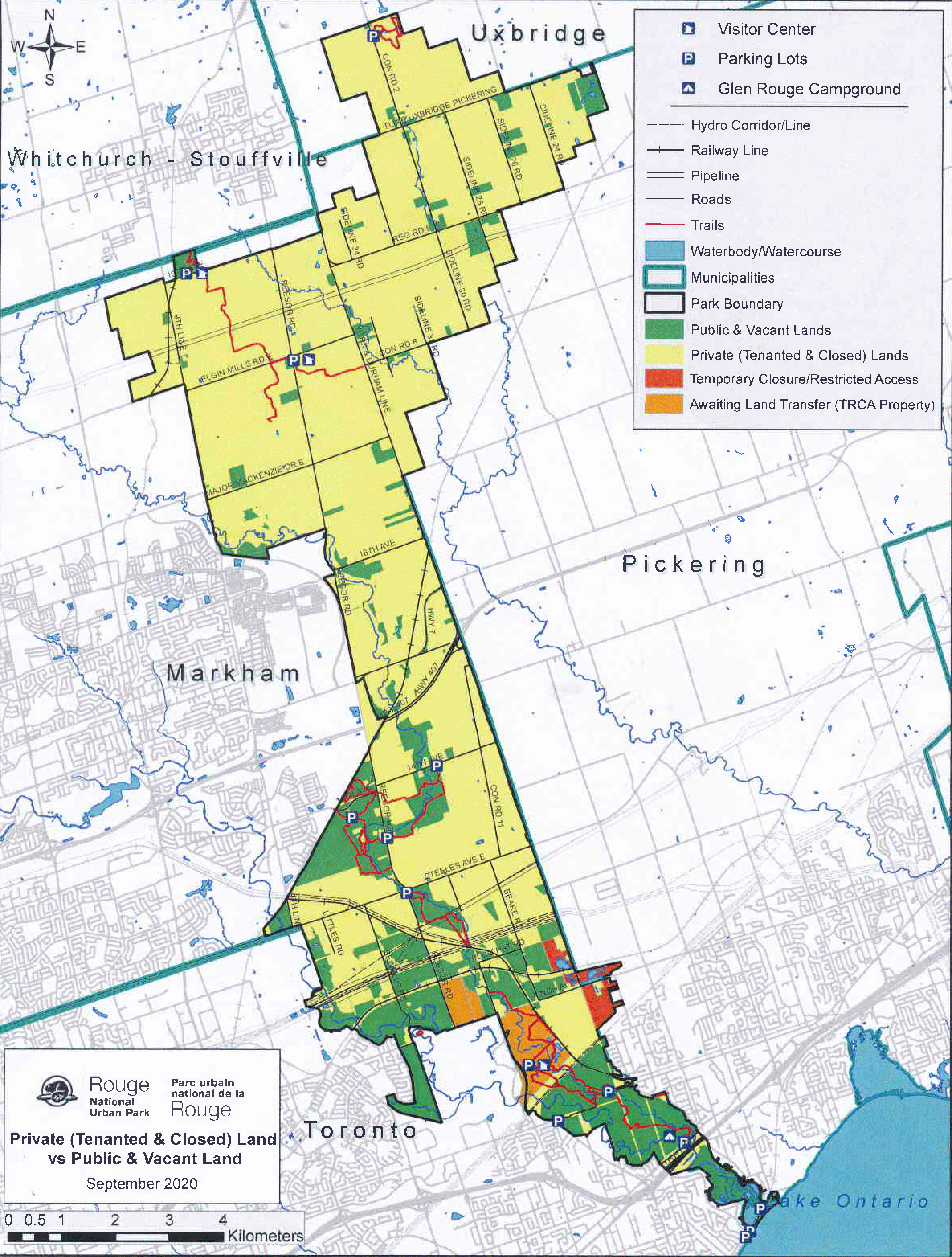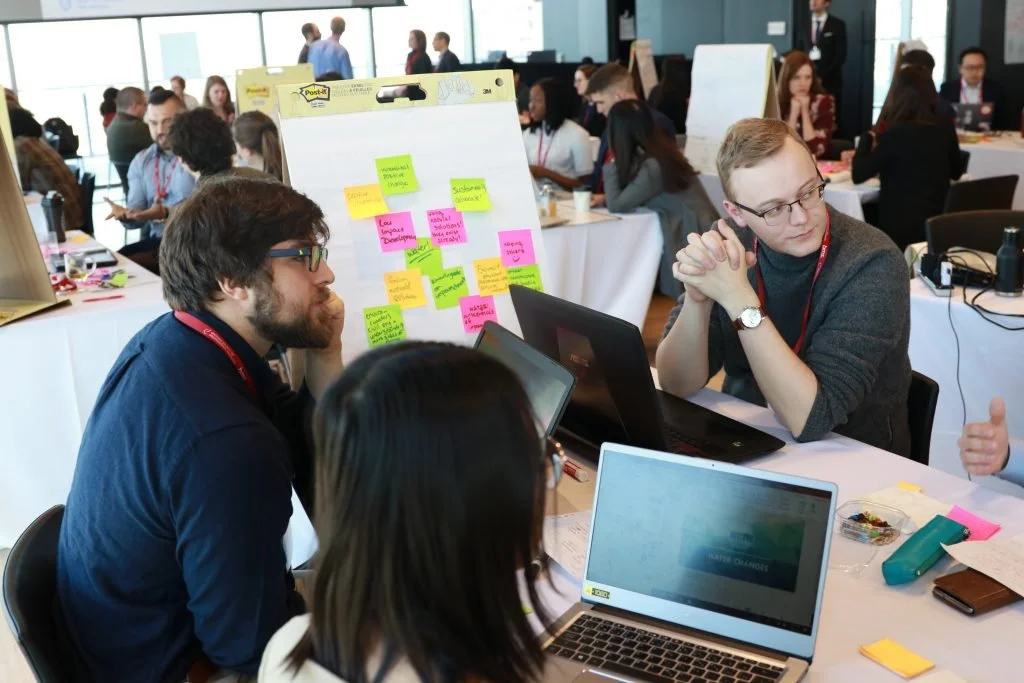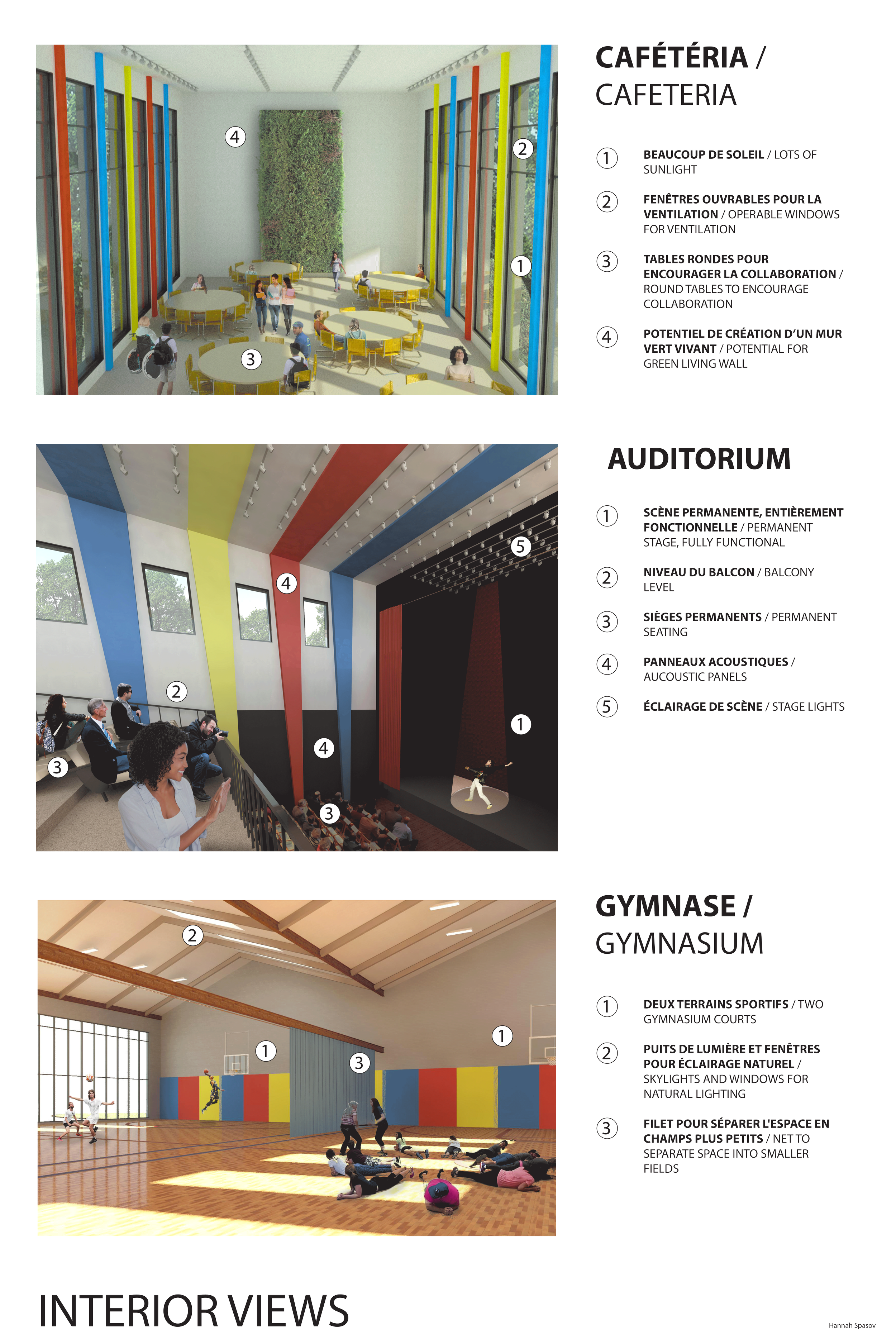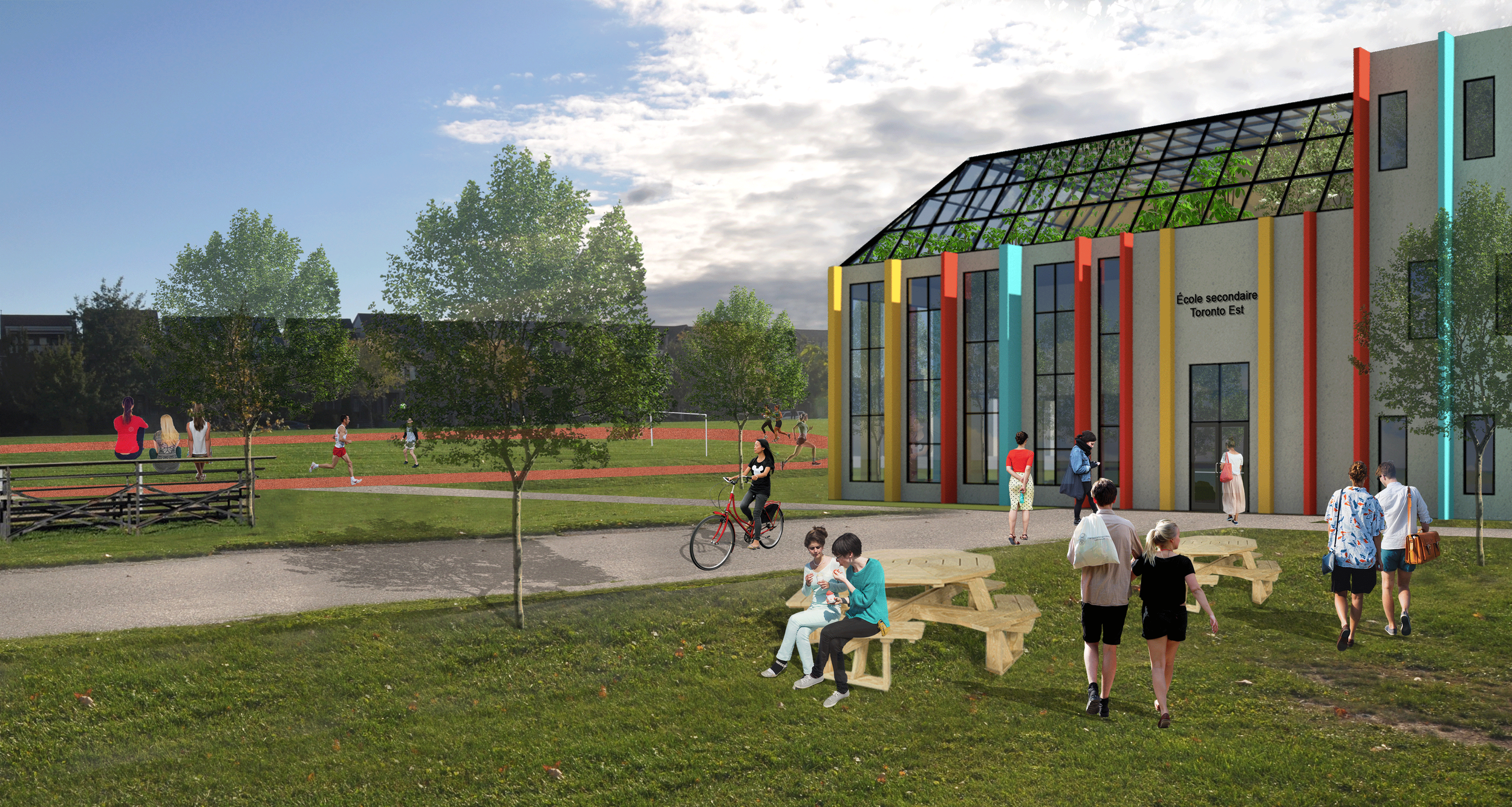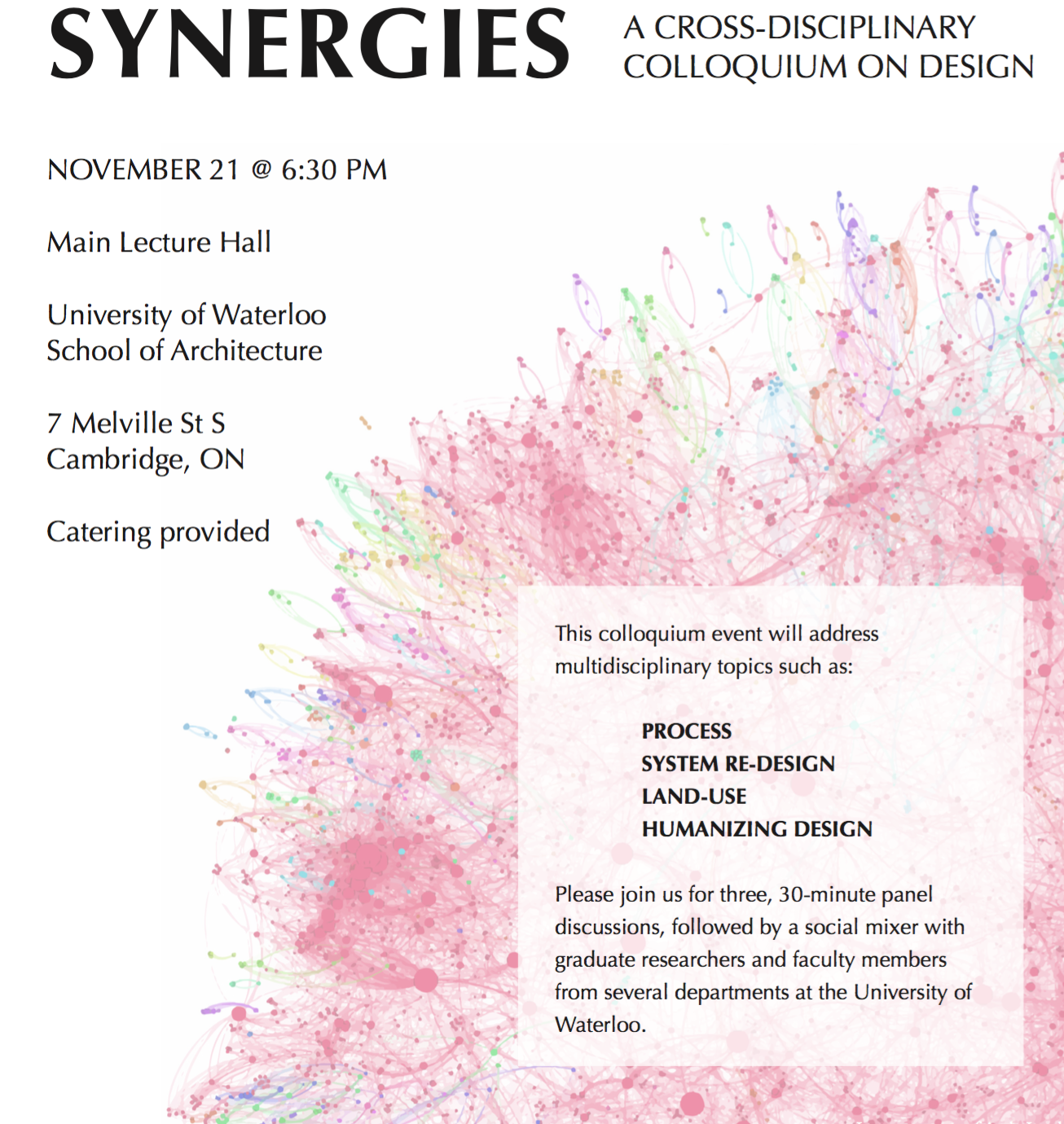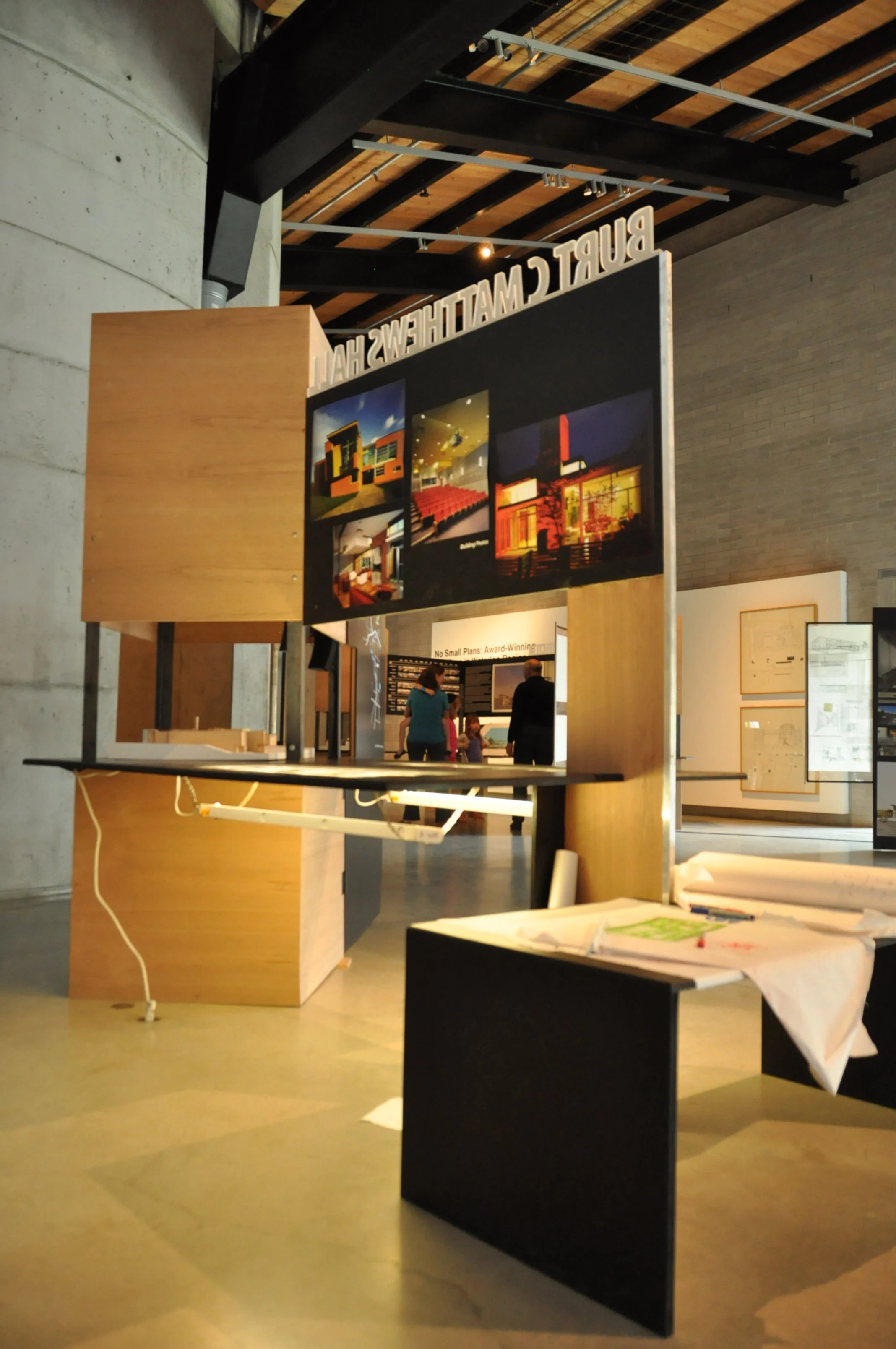VOLUNTEER OPPORTUNITIES
I have always valued volunteering. Whether it is putting my architectural skills to good use or just helping my peers and local community. It is always a rewarding experience that I take pride in.
Mentorship for Architecture Peers
“MAP is a mentorship based program that connects incoming and junior students with knowledgeable upper year and masters students for the purpose of learning and support. Architecture school can be a tremendously fun and exciting experience, but it can also be very stressful at times. MAP recognizes this and provides an opportunity to learn from your peers and receive guidance from students who are familiar with the academic and social environment of UWSA. This term MAP is pivoting away from its past group mentorship format and towards an informal contact model. Please see the MAP mentors poster for a list of current mentors including their interests, areas of research and contact information. Any student seeking an answer to a UWSA related question, some academic guidance or someone to chat with about their school experience can reach out to any of the mentors within their listed availability.”
During my time at MAP, I was both a MAP coordinator and mentor. My main task was to organize and present mentorship events such as the knowledge management workshop and wellness seminar.

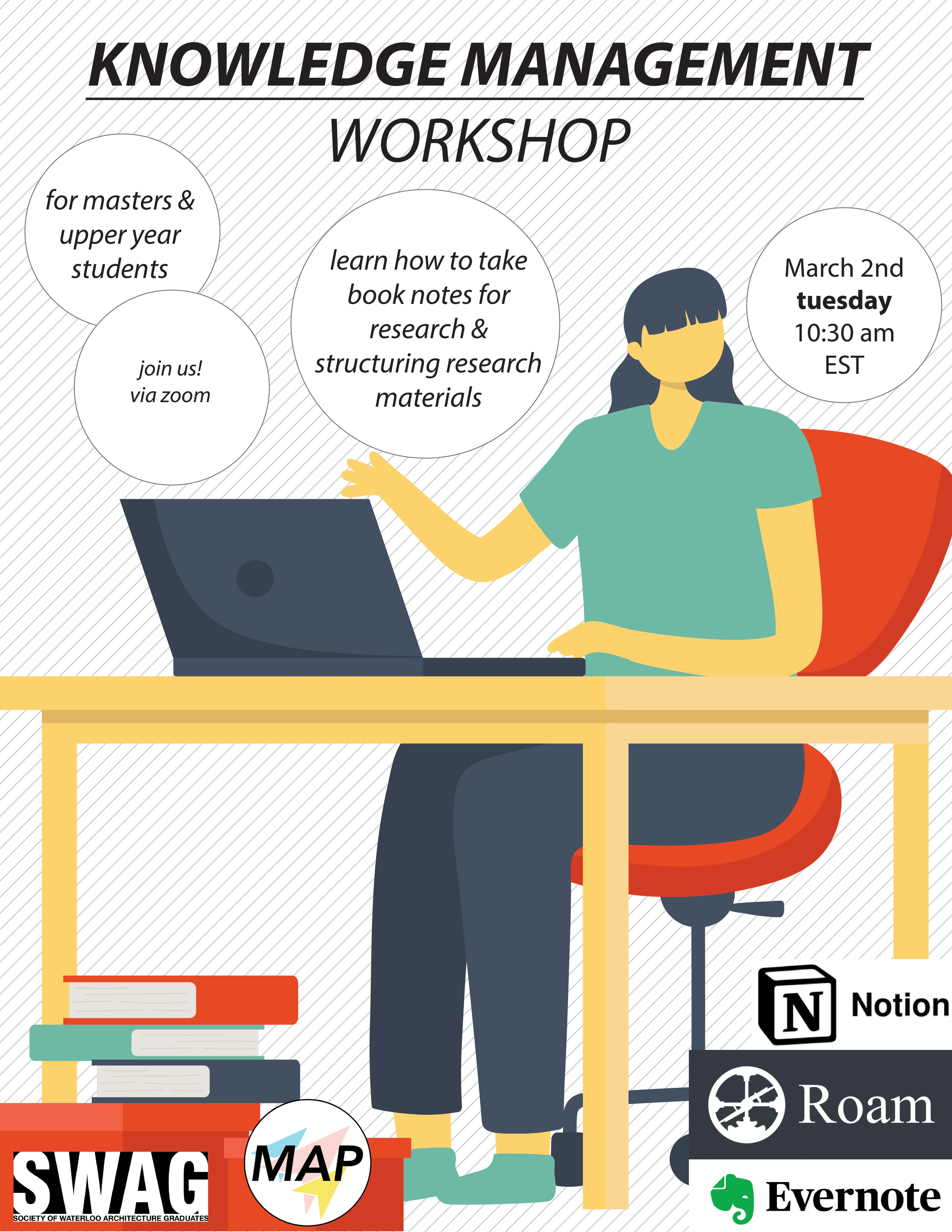


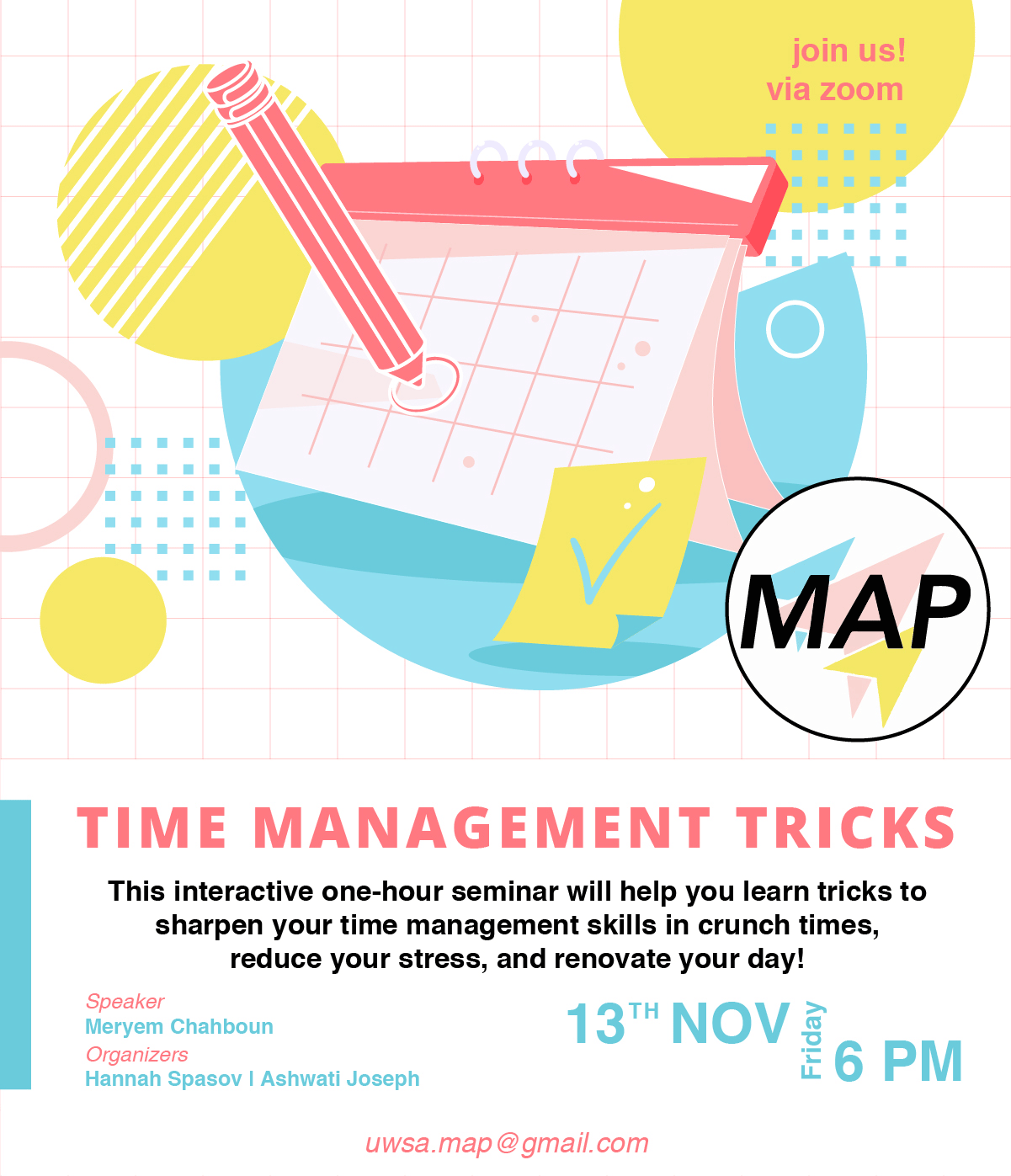

Friends of the Rogue Watershed
“Friends of the Rouge Watershed (FRW) coordinates hands-on environmental projects with visible and lasting ecosystem, watershed, and community benefits. From our office at Hillside Outdoor Education School in Rouge Park, FRW proudly serves the culturally diverse communities of the GTA.
FRW forms productive conservation partnerships with schools, community and faith organizations, businesses, municipalities, agencies, community leaders, and other environmental groups. We collaborate with our partners to:
· Improve watershed, ecosystem, and community health;
· Promote ecosystem approaches to environmental planning and protection;
· Encourage environmental awareness, education, ethics and stewardship;
· Monitor and communicate indicators of watershed and ecosystem health.”
I worked with a small group of students to create an educational video to help better communicate FRW’s key issues and milestones to the authorities.
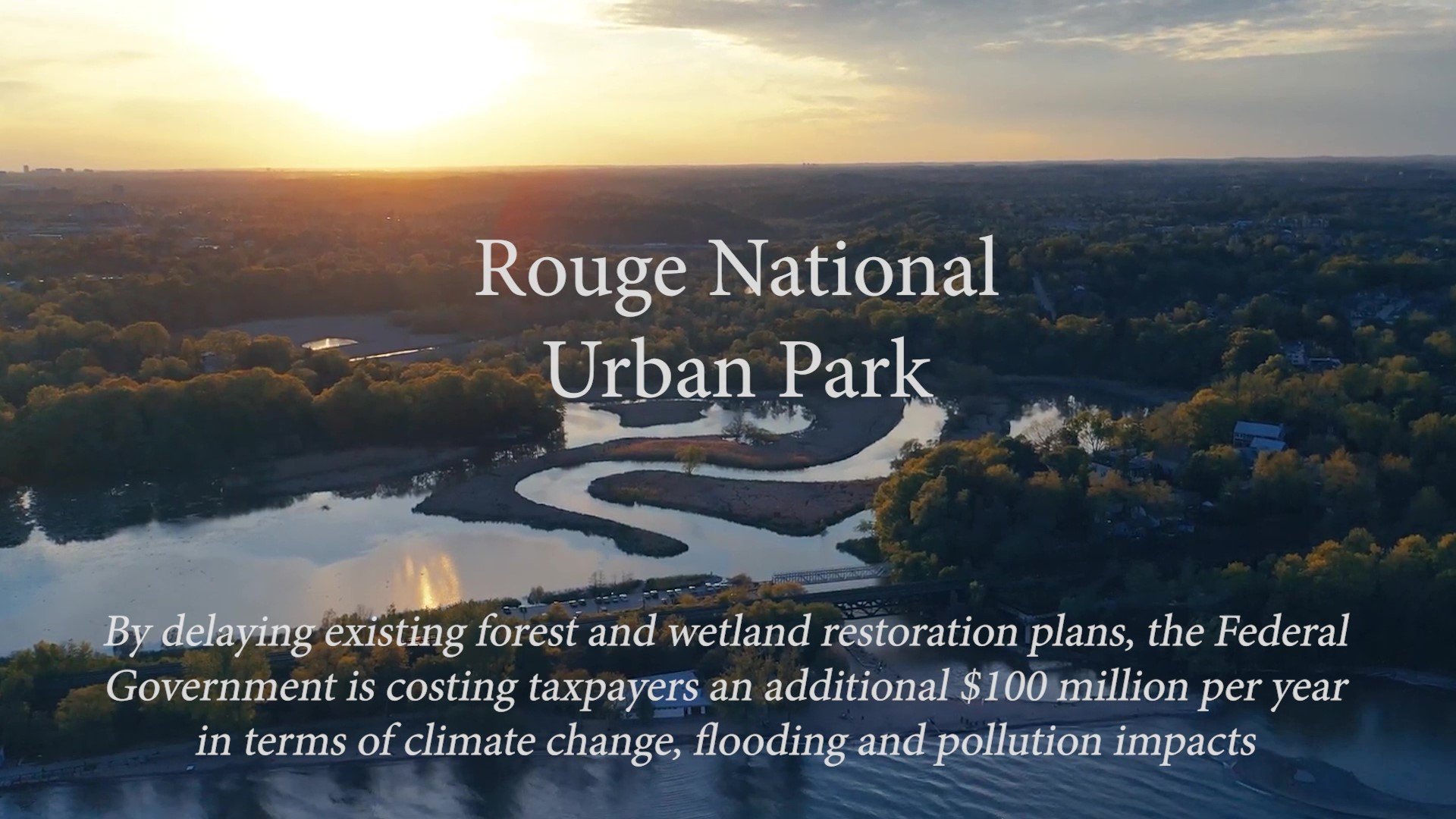
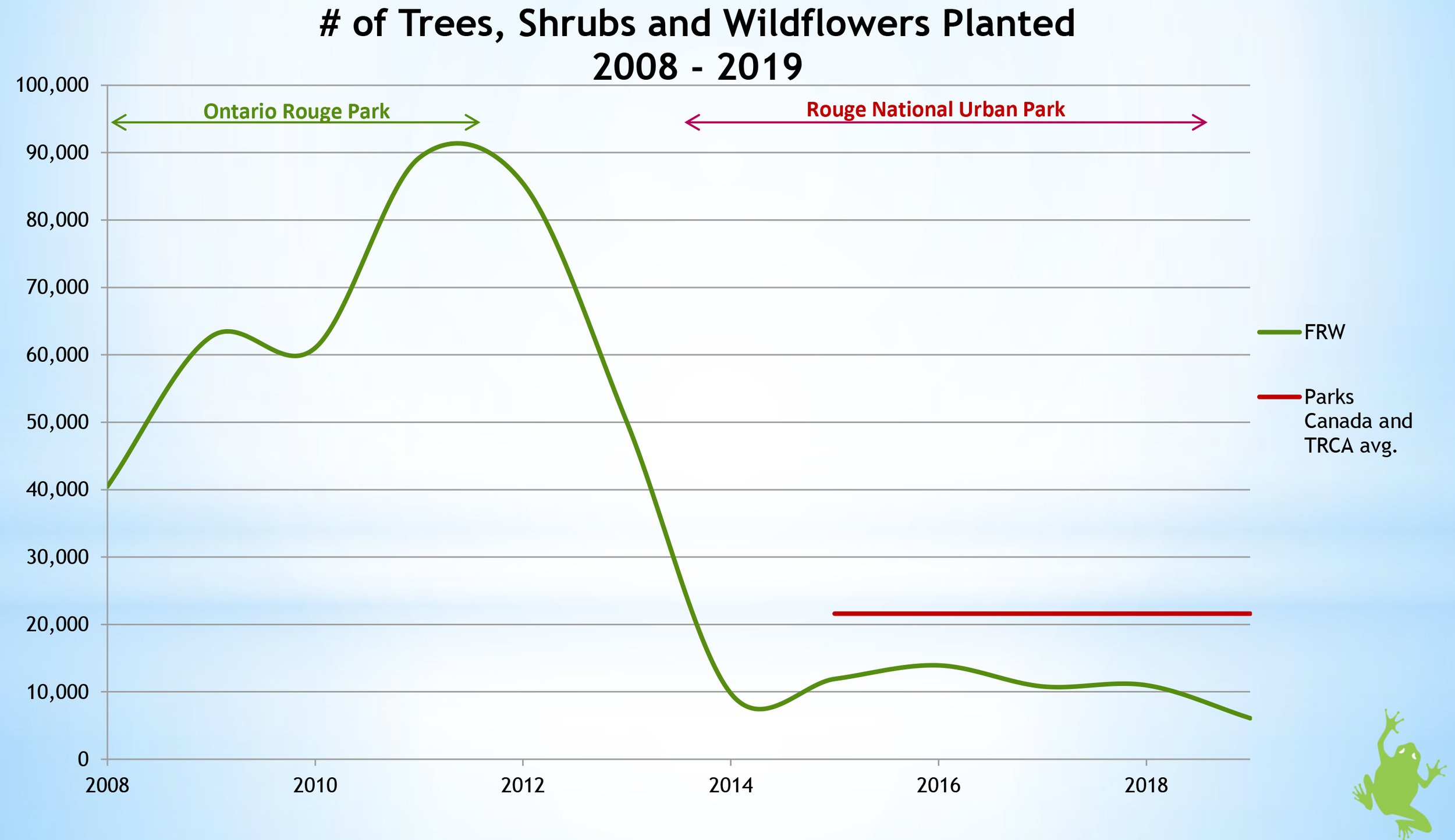

How to Change the World
“Delivered in partnership with the Canadian and Ontario Societies of Professional Engineers, the Canada 2020 program will equip university students and early-career engineering, business and policy professionals with the knowledge and skills they need to create positive, sustainable change in their organizations and communities.
Designed to bring government, industry and academia together, this program is ideal for high-calibre staff and students who demonstrate leadership qualities and a passion for strengthening Canada’s society and economy.”
The program is took place on 19-21 February 2020 in Toronto. I was an active participant.
Coalition PESQ
“We are East end Toronto parents whose children are enrolled in French language elementary and secondary schools, schools of the French public board (Viamonde) and the French Catholic board (MonAvenir). Our neighbourhood consists of the wards Toronto-Danforth and Beaches-East York. Despite that there are three French elementary schools here (one in existence for more than 40 years), that serve close to 1000 students, this community still has no high school to welcome students from grades 7 to 12.
Article 23 of the Canadian Charter of Rights and Freedoms ensures our right to education in French and teaching establishments that are equivalent to those of the Anglophone majority. Presently, the lack of a local French high school transgresses this right. We are in communication with our French language school boards and we are putting pressure on the Government of Ontario to provide us with a school that is equivalent.”
I volunteered with Coalition PESQ in 2019 to help envision an educational space for a French speaking high school. There was a variety of sites we looked at together. These images were presented to the community and used to help advocate for their cause.
Synergies: A Cross-Disciplinary Colloquium on Design
“The *new* UWSA branch of the Waterloo Institute for Complexity and Innovation (WICI Design) hosted an event on Thursday, November 21st called SYNERGIES: A Cross-disciplinary Colloquium on Design.
This was a great opportunity for students to both to gain exposure for their research, but also to receive valuable feedback and engage in stimulating discussions with Waterloo students and faculty, in the context of design. The event was first and foremost a networking/learning opportunity.
The colloquium consisted of three panel discussions, each including a faculty moderator. Discussions were followed by a catered networking mixer in the loft, with work from student presenters displayed throughout the space.
The event addressed multidisciplinary topics such as process (craft and automation), system re-design (sustainable urban development — sociopolitical, biophysical, economic), land-use (housing crisis, homelessness, public and private policy), and humanizing design (at all scales). All scales and natures of design were considered, and not only confined to that of architecture/buildings. The group values learning from other disciplines and potential for cross-fertilization of methodologies.”
I presented my work-in-progress thesis research called A Reimagination of the Ontario Lodge: The family-run lodge as an alternative model to the contemporary cottage through the design of communal spaces and shared environmental stewardship. Which was followed-up with an interesting panel discussion and Q&A with my peers.
Building Waterloo Region
Building Waterloo Region was a region wide exhibition featuring the history and growth of Waterloo, Kitchener and Cambridge, Ontario. This was done through many smaller exhibits in the summer of 2014. One particular presentation that I assisted with was called No Small Plans. It featured top architectural achievements in the area. Each was displayed through an interactive pedestal that included the history of the building, diagrams, architectural drawings, photographs and a model. One specific project was the Burt C Mathews Hall in Waterloo. I helped analyze this building and I constructed the model for this display.
